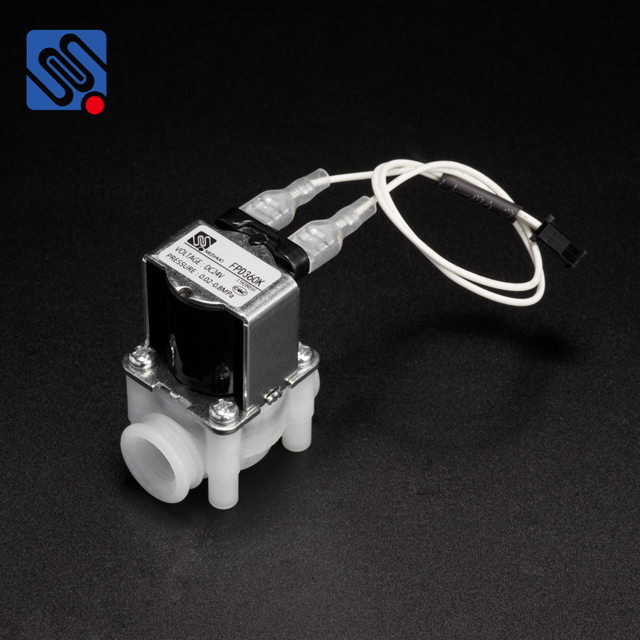In modern water treatment systems, maintaining precise control over water flow is essential for ensuring the system’s efficiency and reliability. One of the critical components responsible for this function is the solenoid valve. The Water Treatment System Solenoid Valve plays a significant role in regulating the flow of water by using an electromagnetic solenoid to control the opening and closing of the valve. This article will explore the importance of solenoid valves in water treatment systems, how they work, their advantages, and the factors to consider when choosing one for specific applications.

What is a Water Treatment System Solenoid Valve? A solenoid valve in a water treatment system is an electromechanical device that regulates the flow of water based on electrical signals. The solenoid part of the valve is essentially a coil of wire that, when energized, generates a magnetic field. This magnetic field moves a plunger or armature that opens or closes the valve, controlling the flow of water through the system. Solenoid valves are commonly used in various applications, including irrigation, filtration systems, and wastewater treatment, where precise control over water flow is critical.